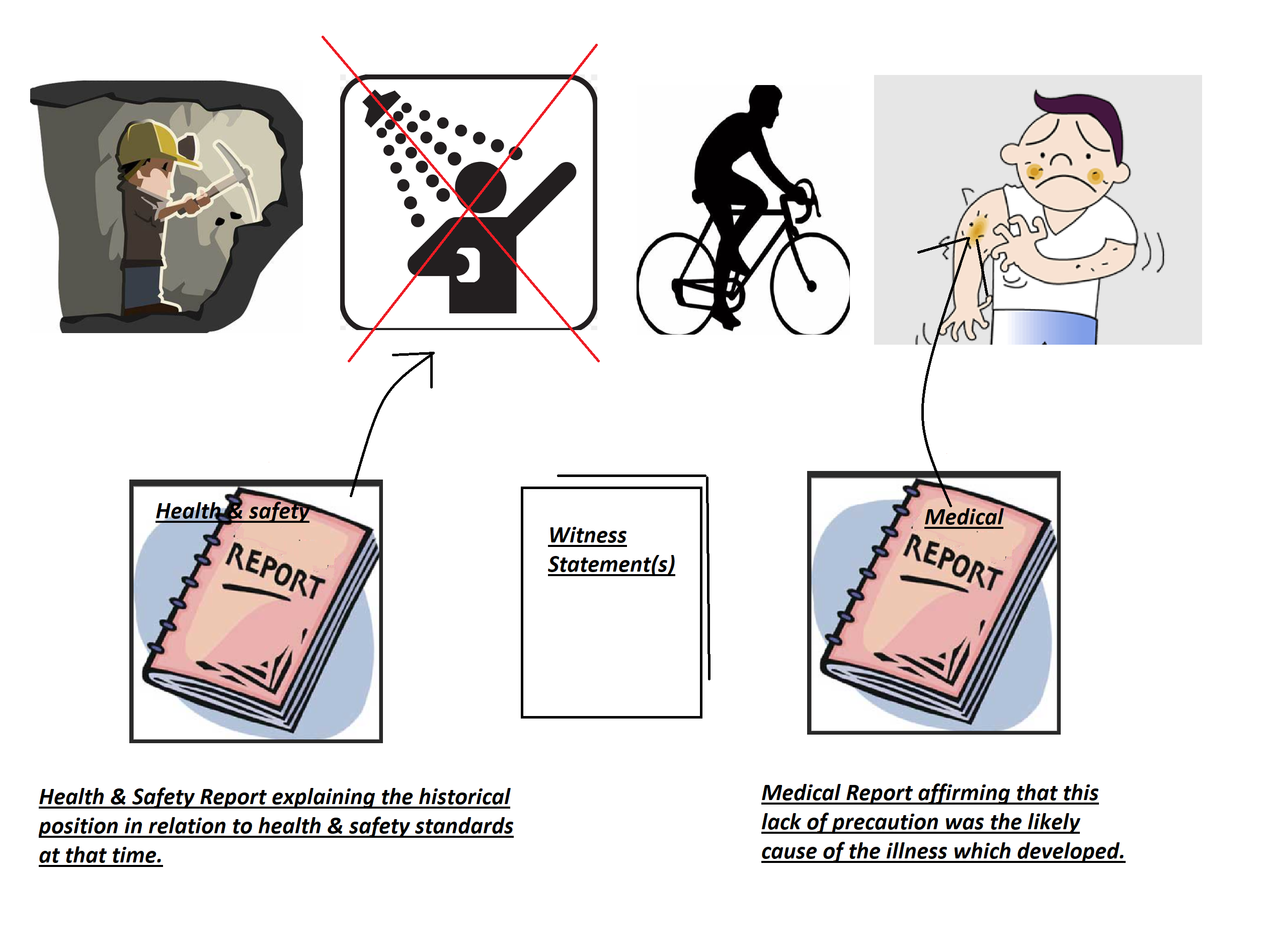McGhee v National Coal Board, 1973 SLT 14
Citation:McGhee v National Coal Board, 1973 SLT 14
Rule of thumb:How do you raise an industrial diseases case? It is difficult to prepare an industrial diseases case to a standard where a Court can uphold it. In order to successfully raise an industrial diseases or injuries case 3 fundamental requirements have to be fulfilled (i) find some sort of advice or journal confirming that the precaution should be taken, (ii) provide evidence that the precaution was not taken towards the person making the claim, (iii) provide evidence that the disease the claimant has is similar to the disease that would be expected to come from the lack of precautions. It does not have to be proved that a certain exposure or malpractice caused the injury or disease to the claimant, only that the risk was clearly increased with it. The Court also affirmed the general principle that where a person has materially contributed to an injury, it does not have to be proved that they caused it all – the % which they caused can be ascertained. Furthermore, inversely, where the risk contributed to the injury was de minimis, then there is no liability for this.
Background facts:
The facts of this case were that MGhee had to clean out coal boxes. There were no shower facilities to allow the workers to clean themselves off at the end of the shift as was recommended. McGhee then cycled home after work, and with the combination of dust & sweat this eventually caused him severe dermatitis.
Arguments:
The defenders argued that at this time it was not known in the journals about the risk of this from the coal dust. They also argued that it could have been caused by other factors.
Judgment:
However, the Court did not uphold these arguments. The Court affirmed where there is any exposure of large quantities of dust etc to a person’s skin, then shower facilities should have been provided according to reputable health & safety journals. They also accepted the evidence of the medical expert that this lack of showers materially contributed to the severe dermatitis suffered by McGhee, so McGhee’s claim was upheld.

Ratio-decidendi:
‘When you find it proved (a) that the defenders knew that to take the precaution reduces the risk, chance, possibility, or probability of contracting the disease, (b) that the precaution has not been taken, and (c) that the disease has supervened. It is difficult to see how those defenders can demand more by way of proof of the probability that the failure caused or contributed to the physical breakdown’, Lord Kilbrandon, ‘I can see no substantial difference between saying that what the defender did materially increased the risk to the pursuer and saying that what the defender did made a material contribution to his injury’, Lord Reid
Warning: This is not professional legal advice. This is not professional legal education advice. Please obtain professional guidance before embarking on any legal course of action. This is just an interpretation of a Judgment by persons of legal insight & varying levels of legal specialism, experience & expertise. Please read the Judgment yourself and form your own interpretation of it with professional assistance.

